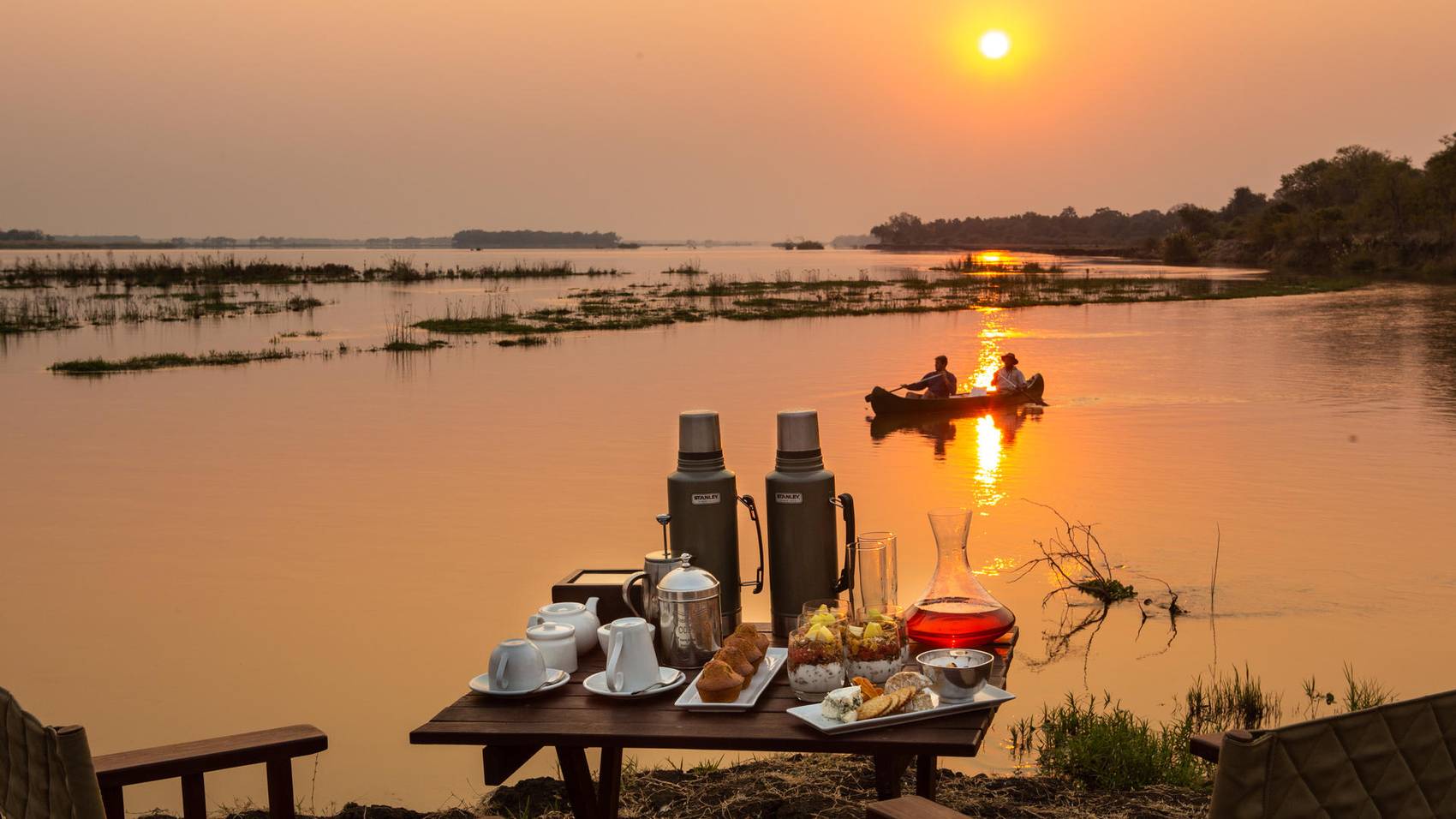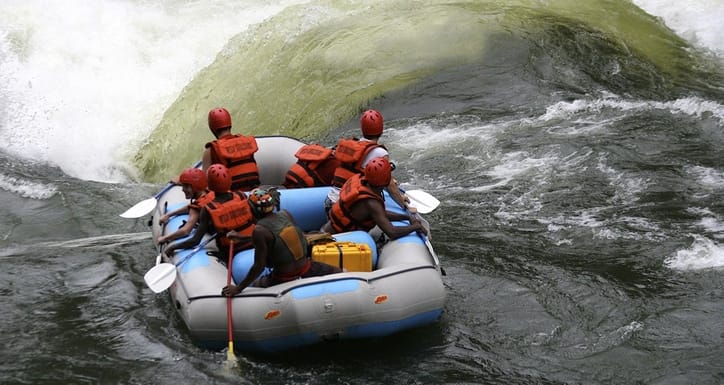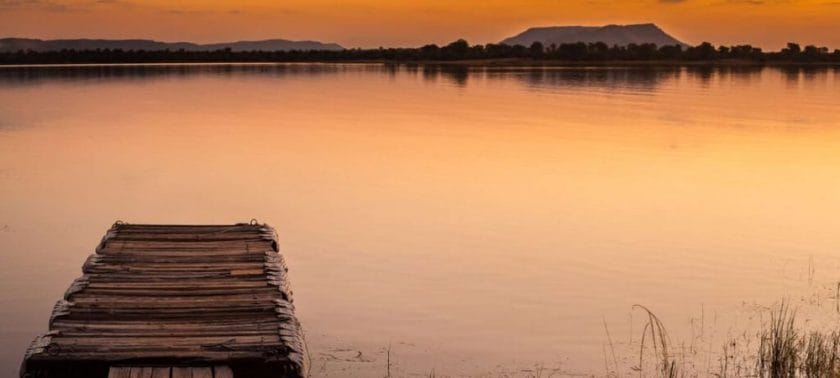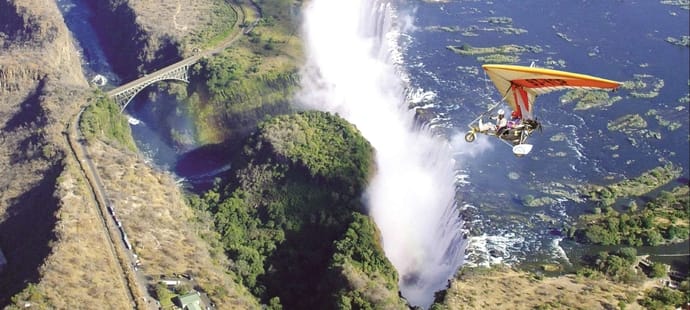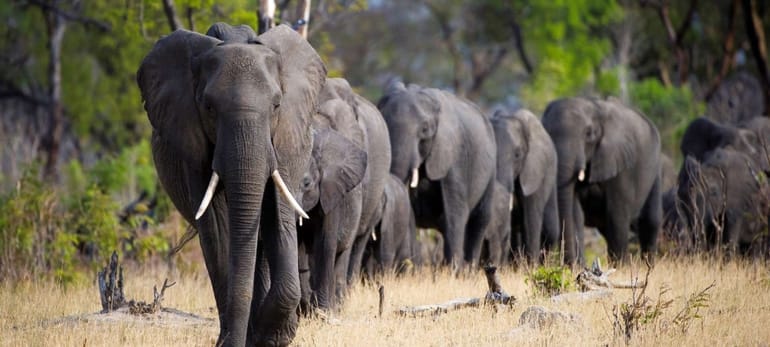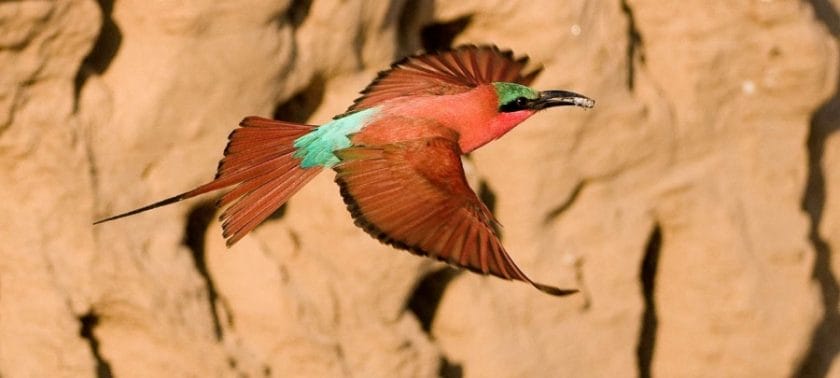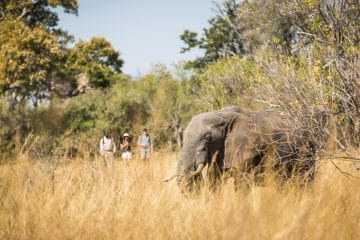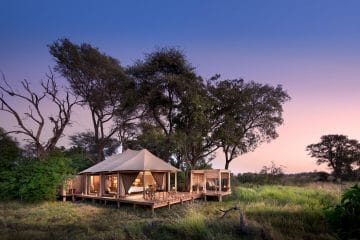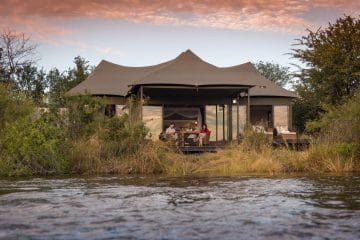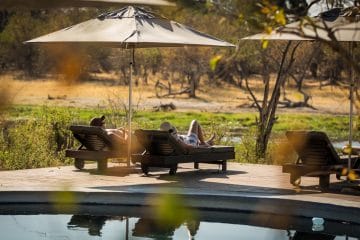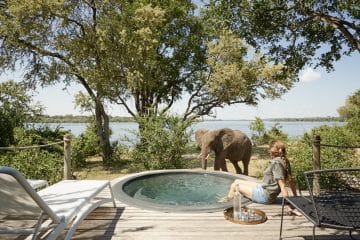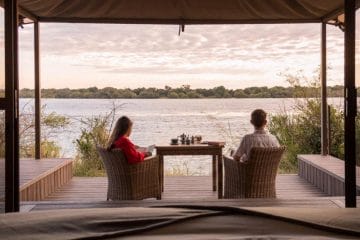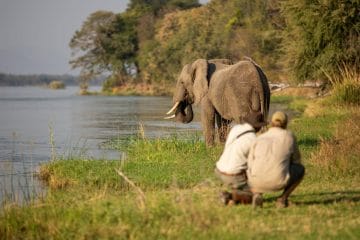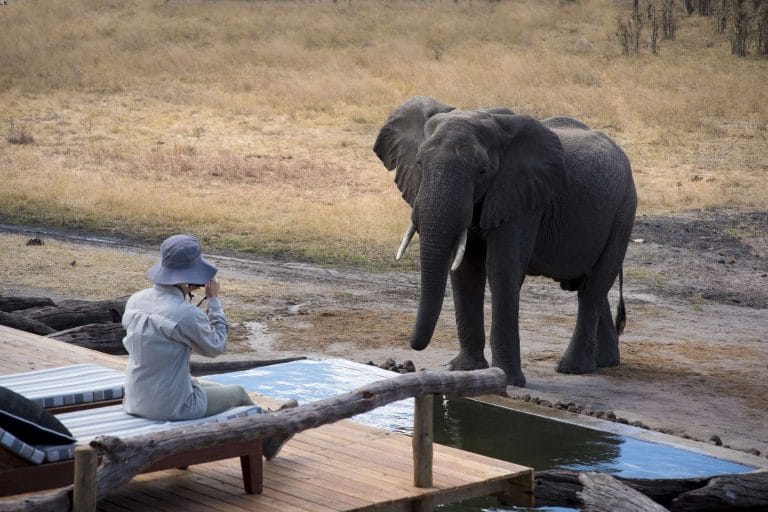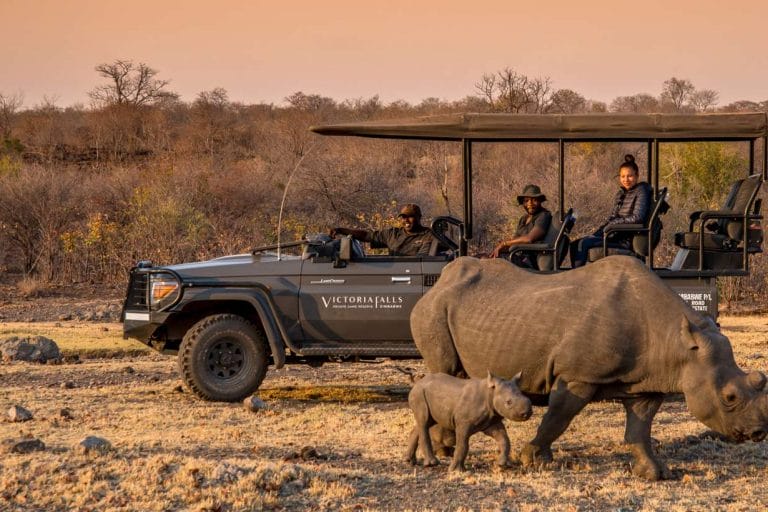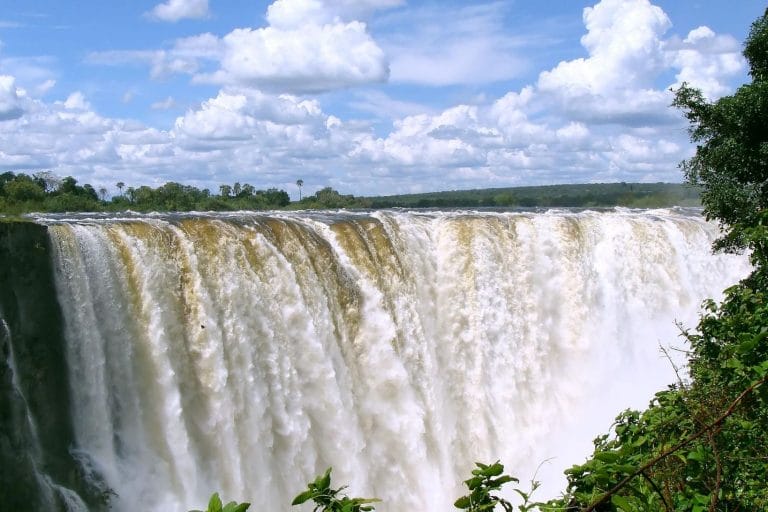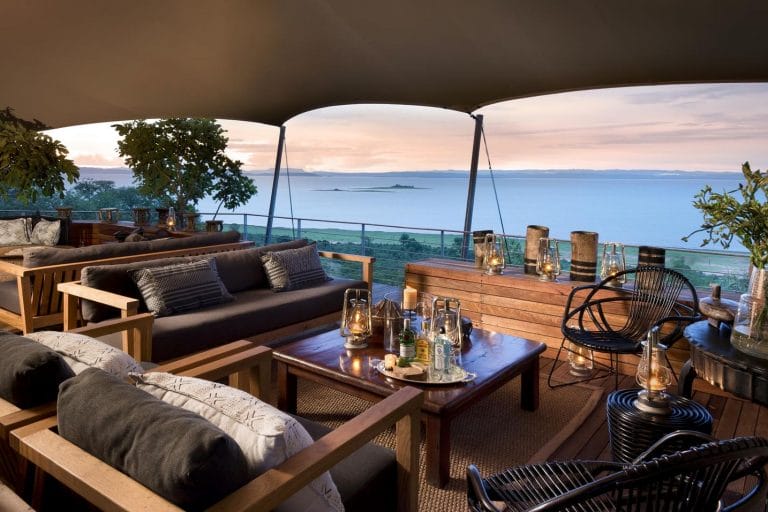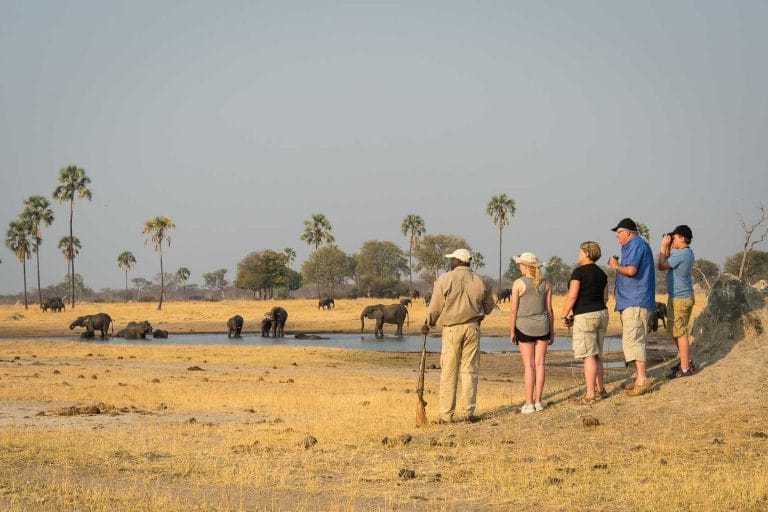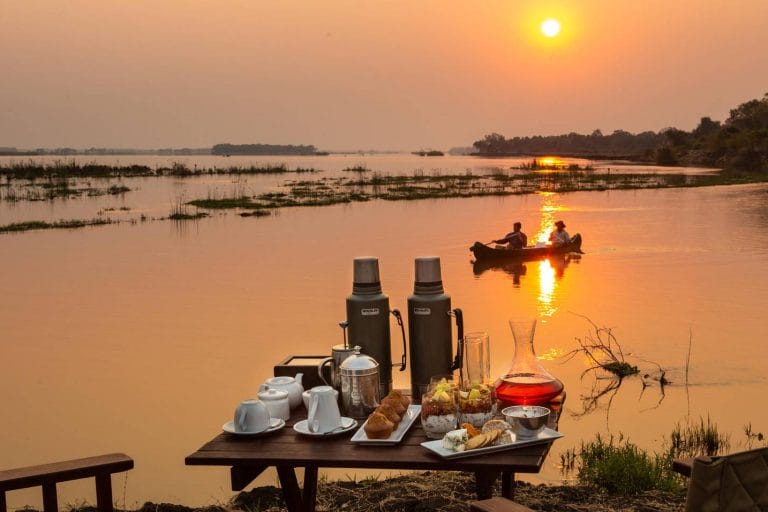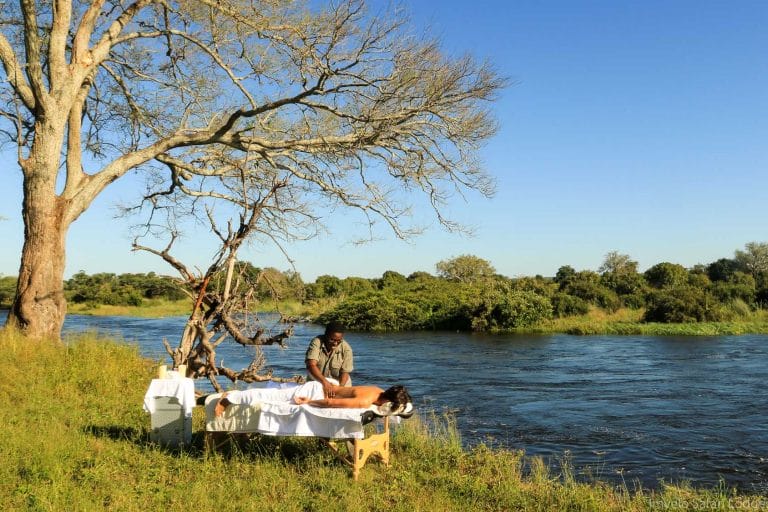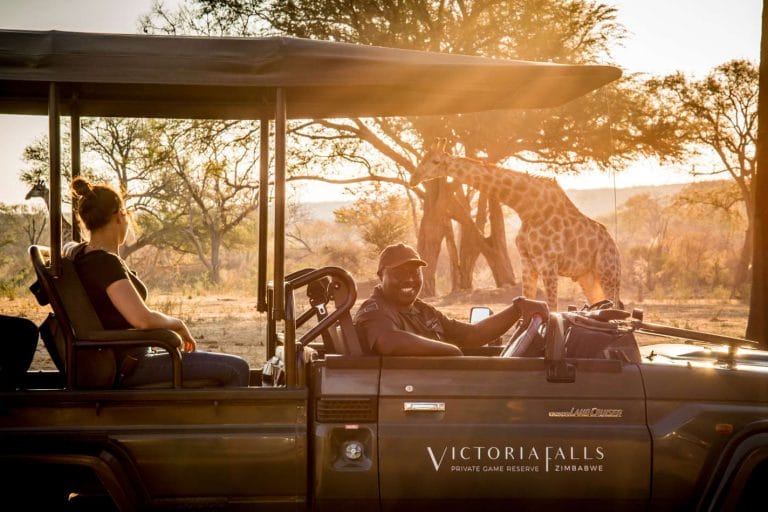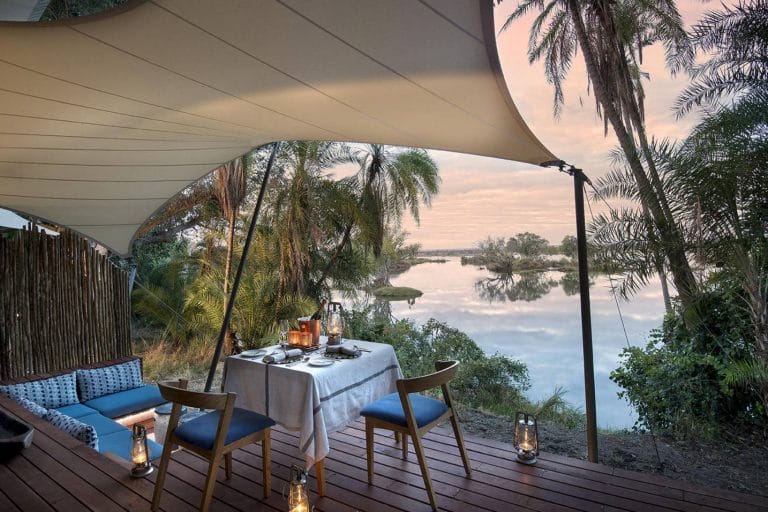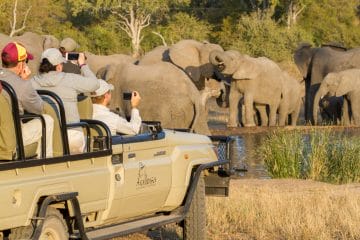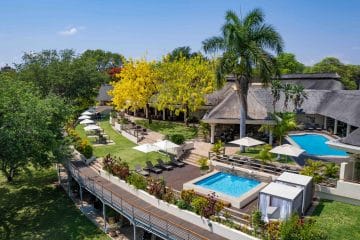Northern Zimbabwe

For many visitors, Victoria Falls international airport is the gateway to Zimbabwe.
The town of Victoria Falls is a great place to start a Zimbabwe holiday. Not only can you see the famous waterfalls, but there are also loads of exciting adventures in the town and its surrounding area.
You can expect everything from horseback safaris in the nearby Zambezi National Park to thrilling whitewater rafting in the Zambezi River.
An hour’s drive away from Victoria Falls, Hwange National Park is easily accessible and suitable for self-drivers without a 4×4, and a great destination to combine with spending a few days in Victoria Falls on safari.
To the east of Hwange and straddling the Zambian border, Lake Kariba is a popular destination for a relaxing few days onboard one of the many houseboats that ply the lake’s calm waters.
There are game-viewing safaris to do from your houseboat itself, but you can also stay at a lodge on an island or the mainland in Matusadona National Park, where you can do a Big Five safari.
If you travel to Lake Kariba, it makes sense to head further east and add Mana Pools National Park to your holiday itinerary. Mana Pools may not be Zimbabwe’s most easily accessible reserve (you’ll need to have a 4×4 to explore on your own), but this unspoiled wilderness is undoubtedly one of Africa’s most incredible parks and an excellent place to do walking safaris and canoeing safaris.
Highlights
Victoria Falls is Zimbabwe’s most visited attraction and one of Africa’s most thrilling natural wonders: a vast expanse of cascading water roaring down 108m (354ft) high cliffs. Once you’ve seen the falls from the mist-drenched footpaths, you can get an aerial view in a helicopter by doing the flight of Angels – or for the brave – from the back of a tiny microlight.
Microflights over Victoria Falls
Besides waterfall-related activities, there are plenty of other adventures in the town next to the falls and the surrounding area. You can get your heart pumping on a whitewater rafting experience on the rapids of the Zambezi River, bungee jump off the bridge that connects Zimbabwe and Zambia, go gorge swinging and abseiling, or do a walking safari in the nearby Zambezi National Park.
Hwange National Park is one of Africa’s prime safari destinations, with abundant wildlife – more than 100 species of mammals, including massive herds of elephants, Black and White rhinos, lots of lions and buffalo, and rarer species such as sable and roan antelope.
The dry season here is superb for wildlife watching, as both predators and prey congregate in huge concentrations around the park’s manmade waterholes.
The immense watery wilderness of Lake Kariba is a relaxing get-away-from-it-all destination where you can stay on a houseboat for a few days and explore the lake’s bird and animal life, go fishing, or just soak up the sun on deck.
Matusadona National Park, which lies on the shores of Lake Kariba, is a beautiful Big Five safari reserve where you can view wildlife from boats on the lake or from lodges in the north of the park or on islands.
The park is perfect for buffalo, leopards, hyenas, and lions. More than 240 species of birds, including an impressive array of water birds, make it an ideal destination for a birding safari.
For a wild safari adventure, there aren’t many better places on the continent than Mana Pools National Park, a haven for abundant animal life.
Expect to see massive elephant herds, lots of buffalo, high concentrations of wild dogs, lions, leopards, and cheetahs in a stunning riverine habitat.
You can explore the park by 4×4 or experience this magical wilderness by doing a canoe safari, paddling along the Zambezi River, and camping out under the stars on islands. It’s also a top destination for walking safaris, with some of the best guides in Africa.
While difficult to access and low on animal density, Chizarira National Park rewards intrepid safari travelers who come for a truly wild off-the-beaten-track experience in a breathtaking landscape of rugged gorges and ravines as well as for the chance to spot leopards.
Practical Advice
- For the best wildlife viewing in northern Zimbabwe’s parks, you should visit during the dry winter months of June to October, when vegetation is thinner, and animals gather around water sources, making them very easy to spot. During this popular travel period, camps in Mana Pools get booked up far in advance, so be sure to plan your lodging several months before.
Most roads in Mana Pools National Park are closed from November to April, so the best way to explore the park in these rainy months is by canoe.
Hwange National Park is the easiest reserve for accessibility and self-driving, while the other parks are a bit more challenging and require hiring a 4×4 and a bit of planning. Matusadona National Park is only accessible by boat, small plane, or by a difficult 4×4 road, while Chizarira is the least accessible, with challenging tracks even for 4×4 drivers (and most roads inaccessible during the rainy summer months).







